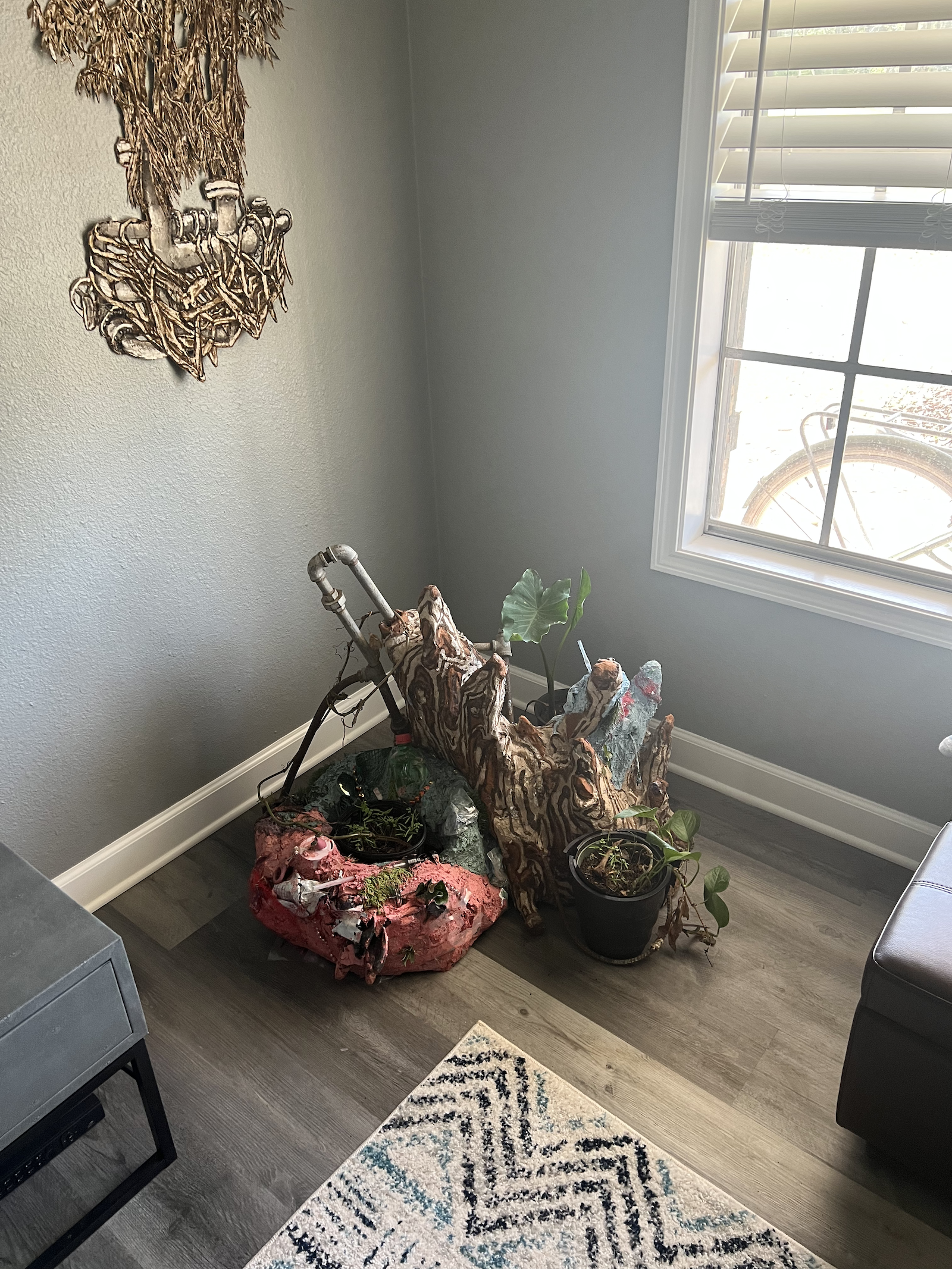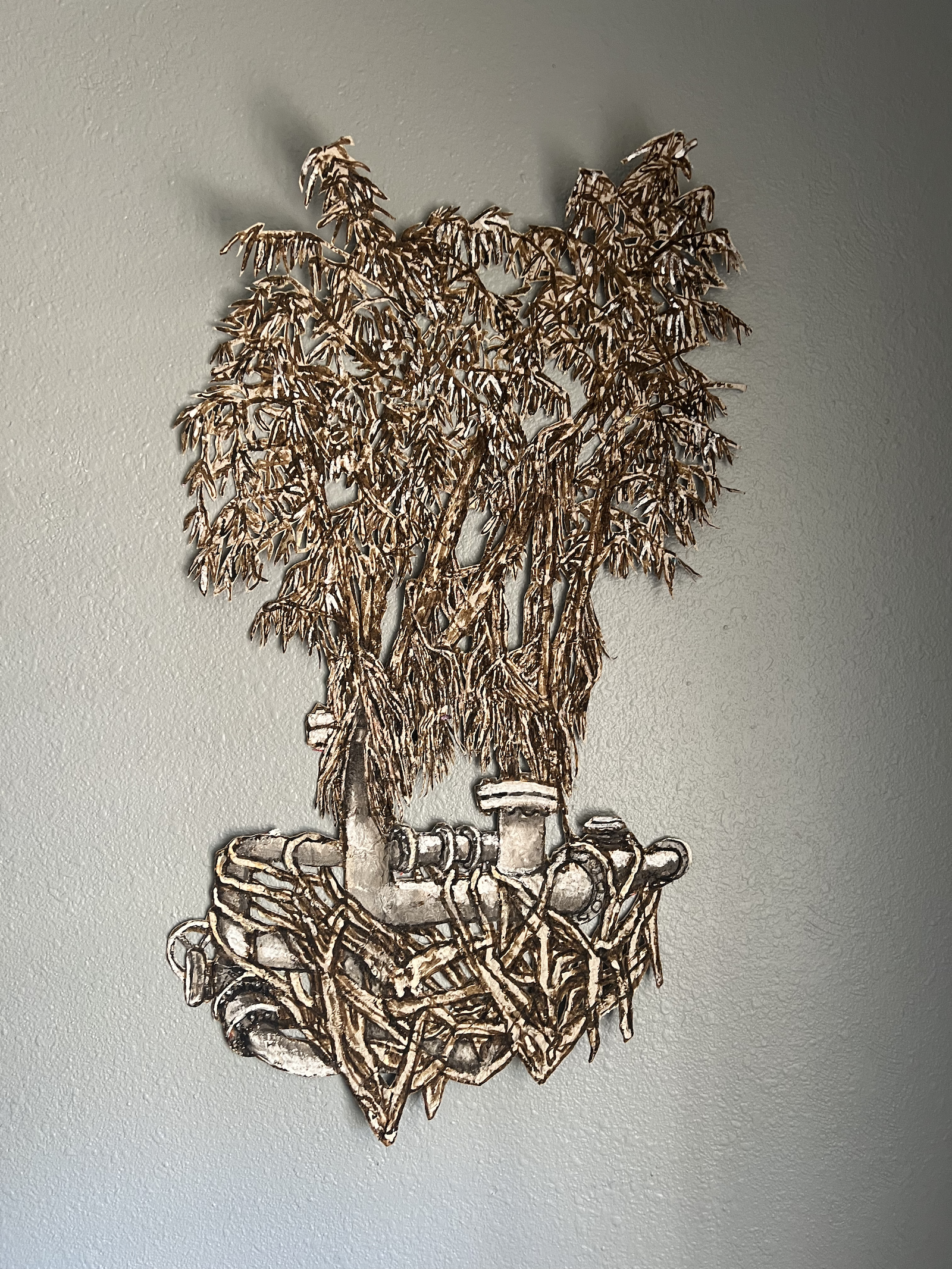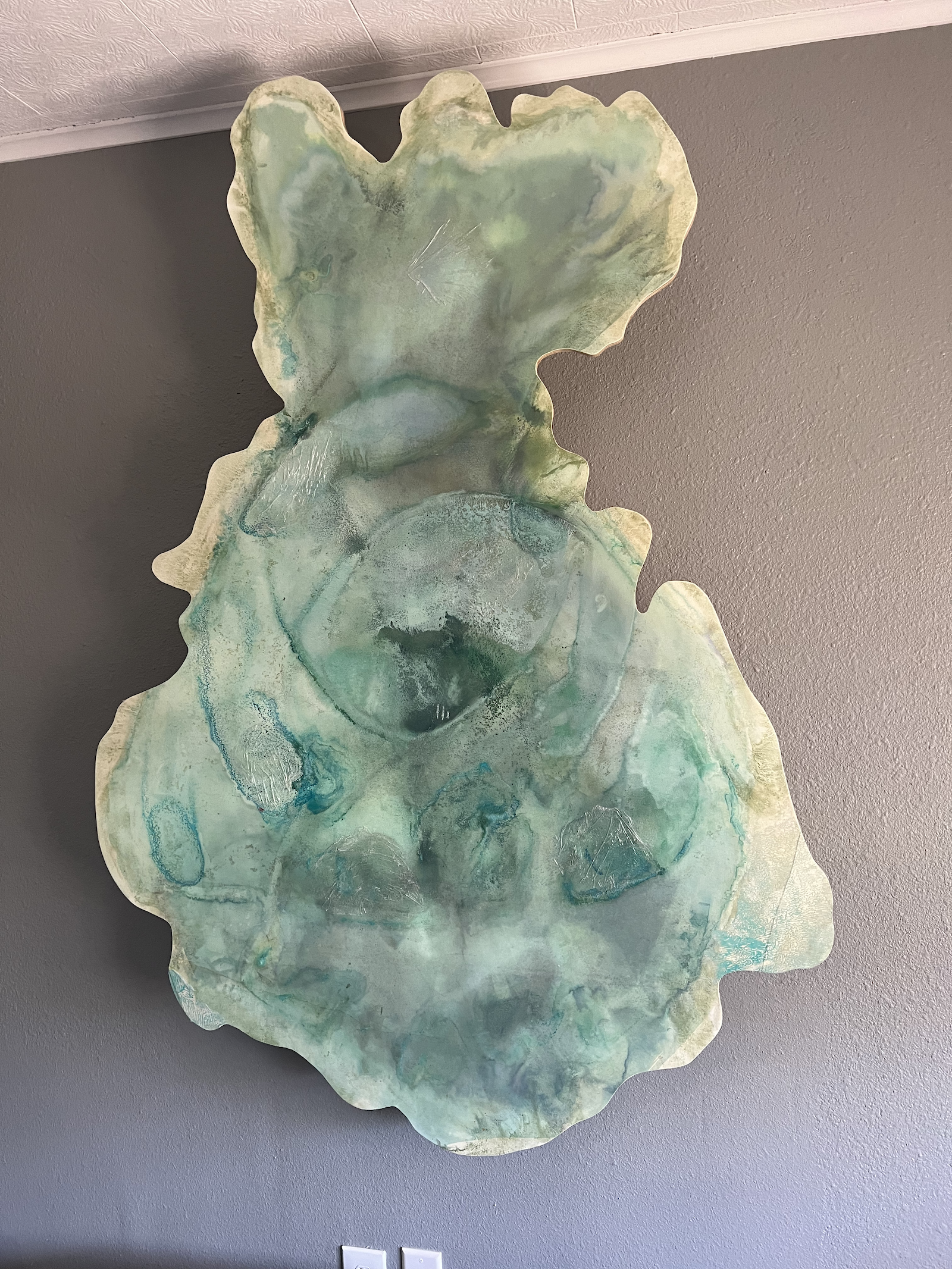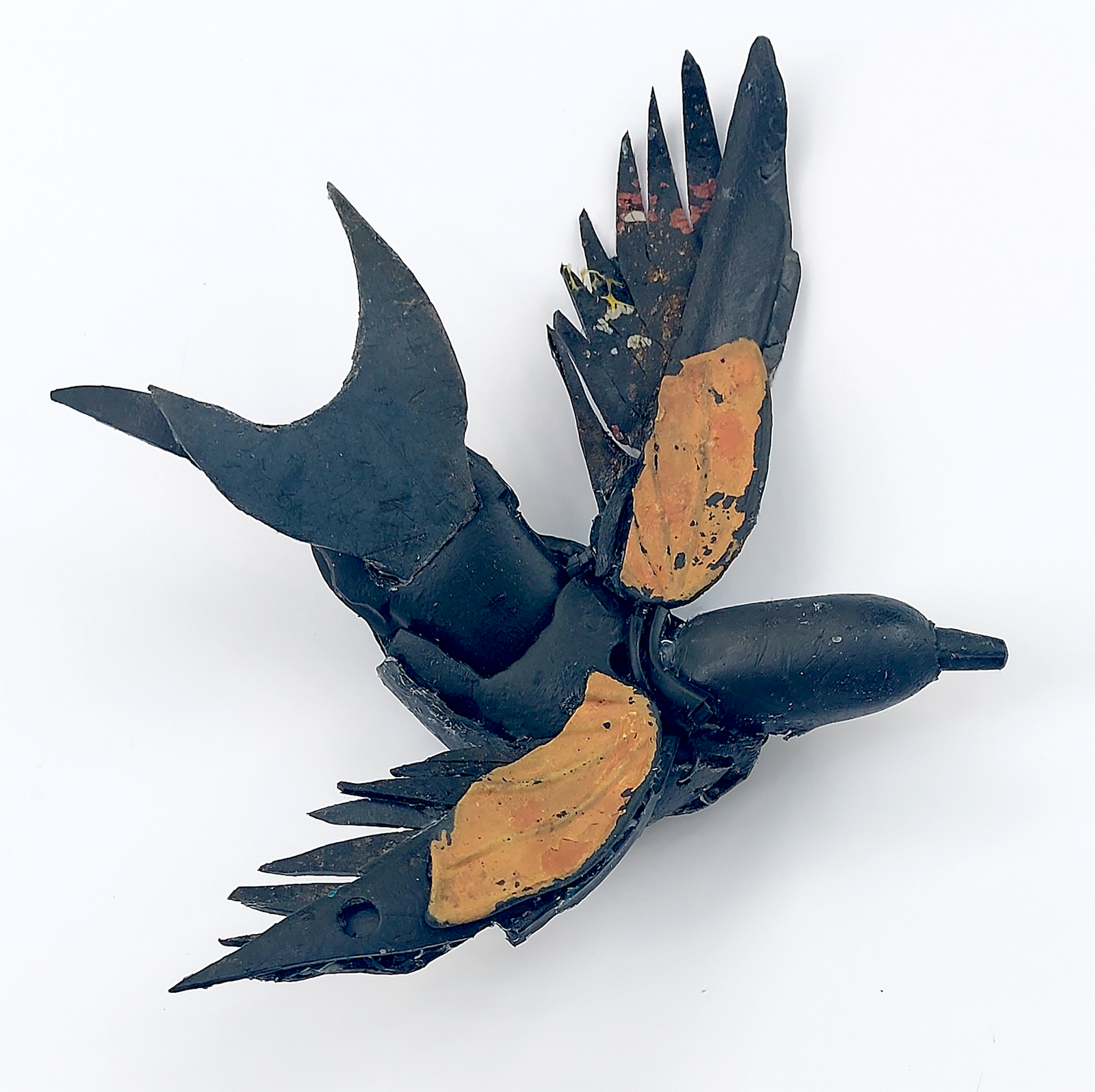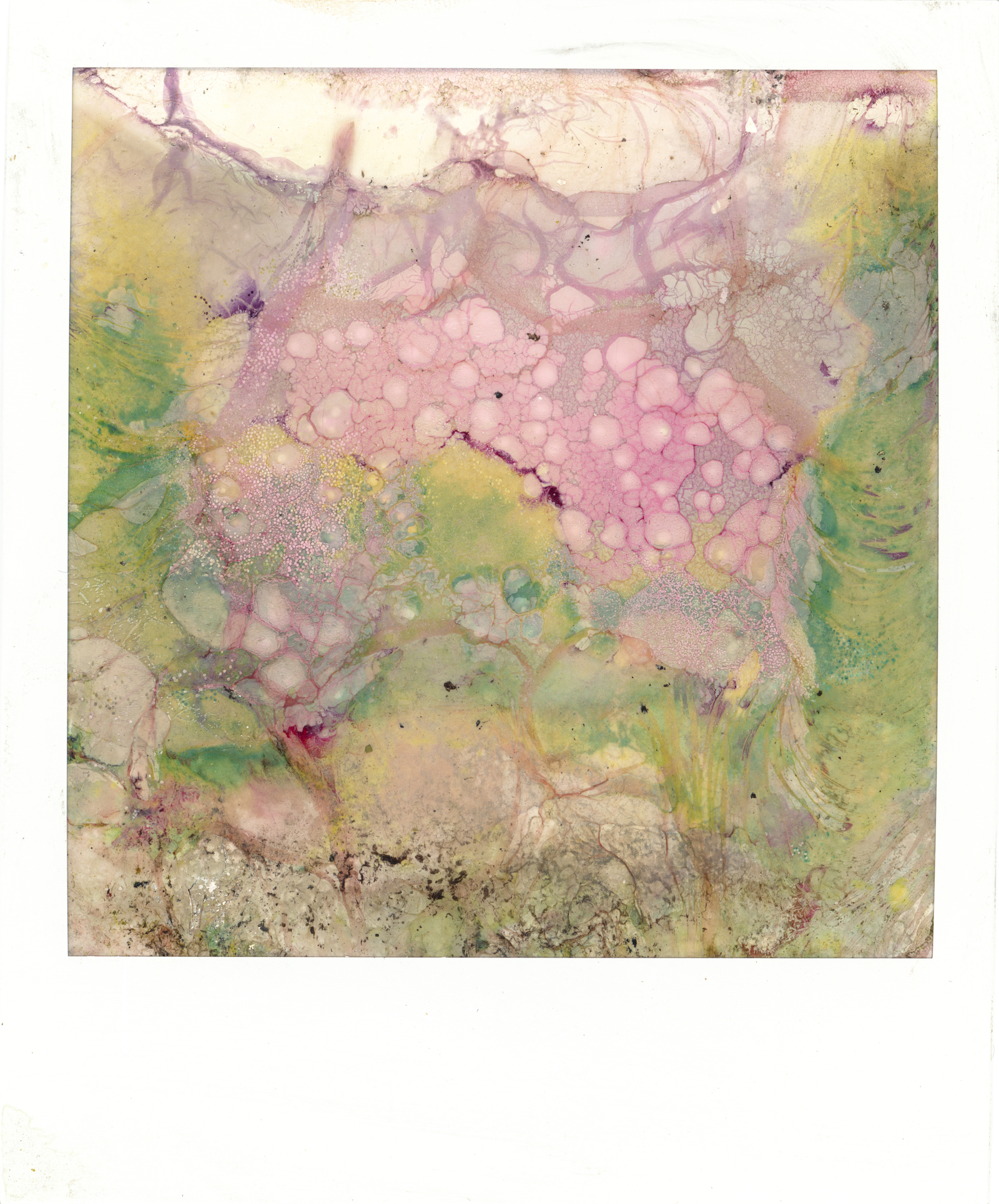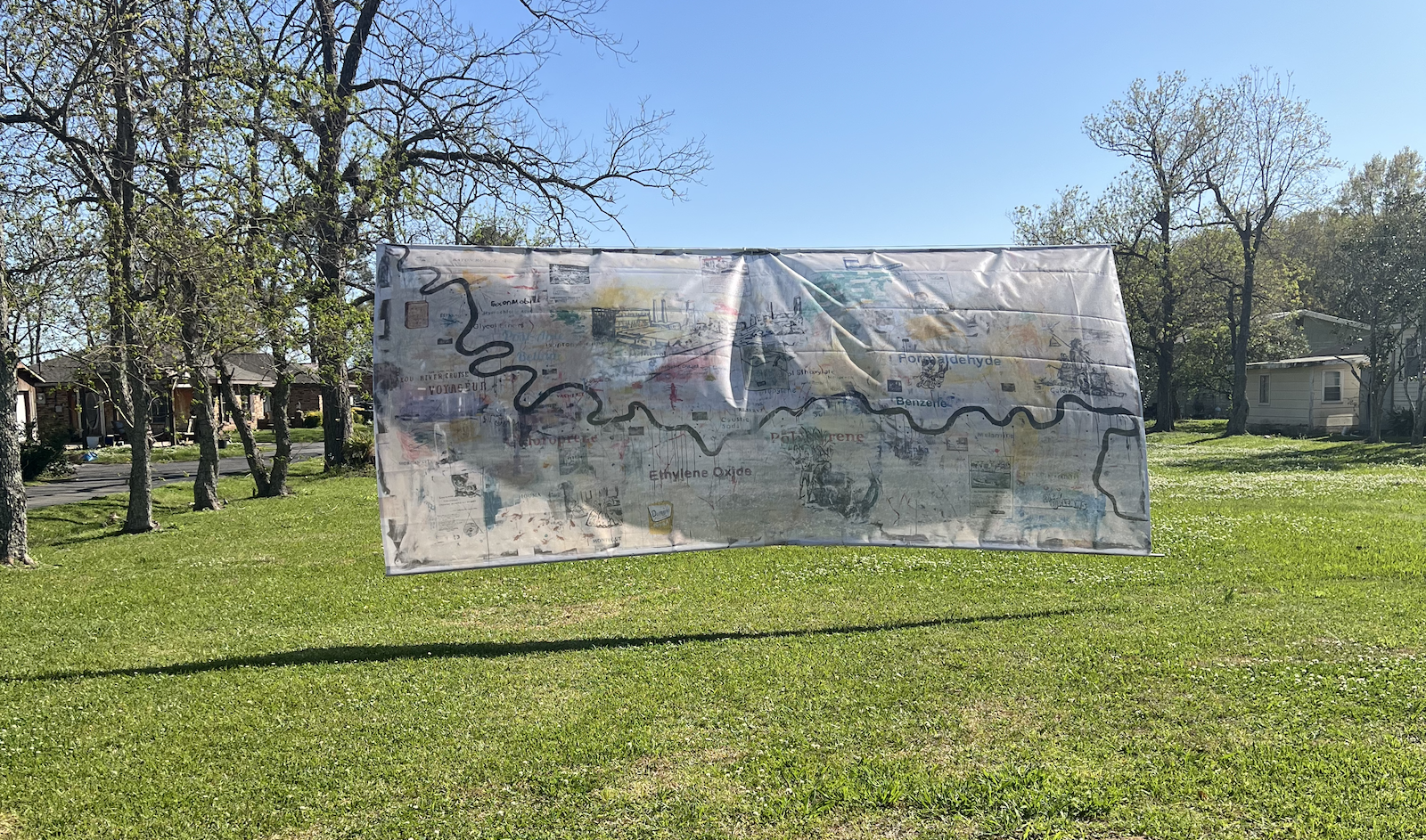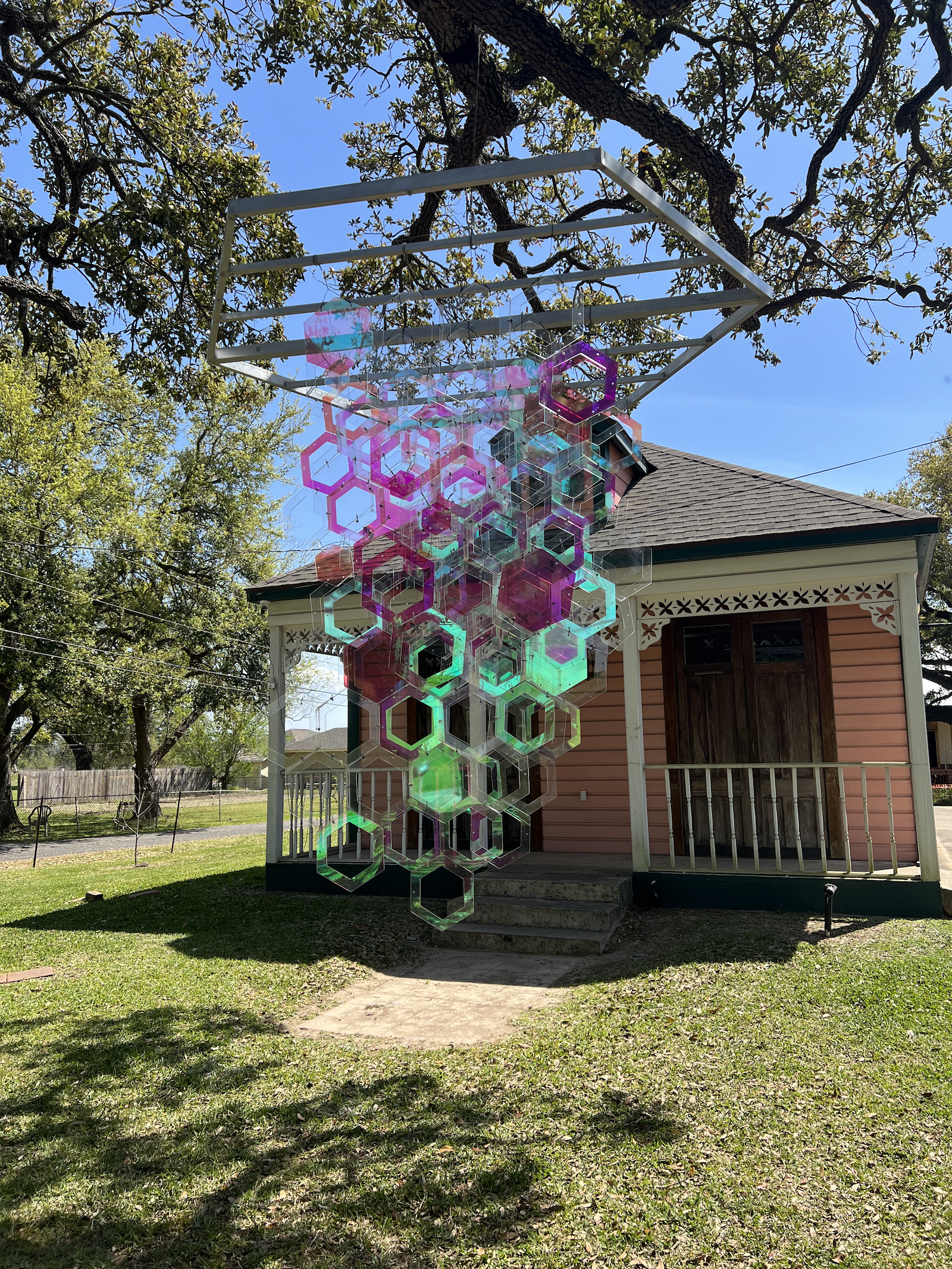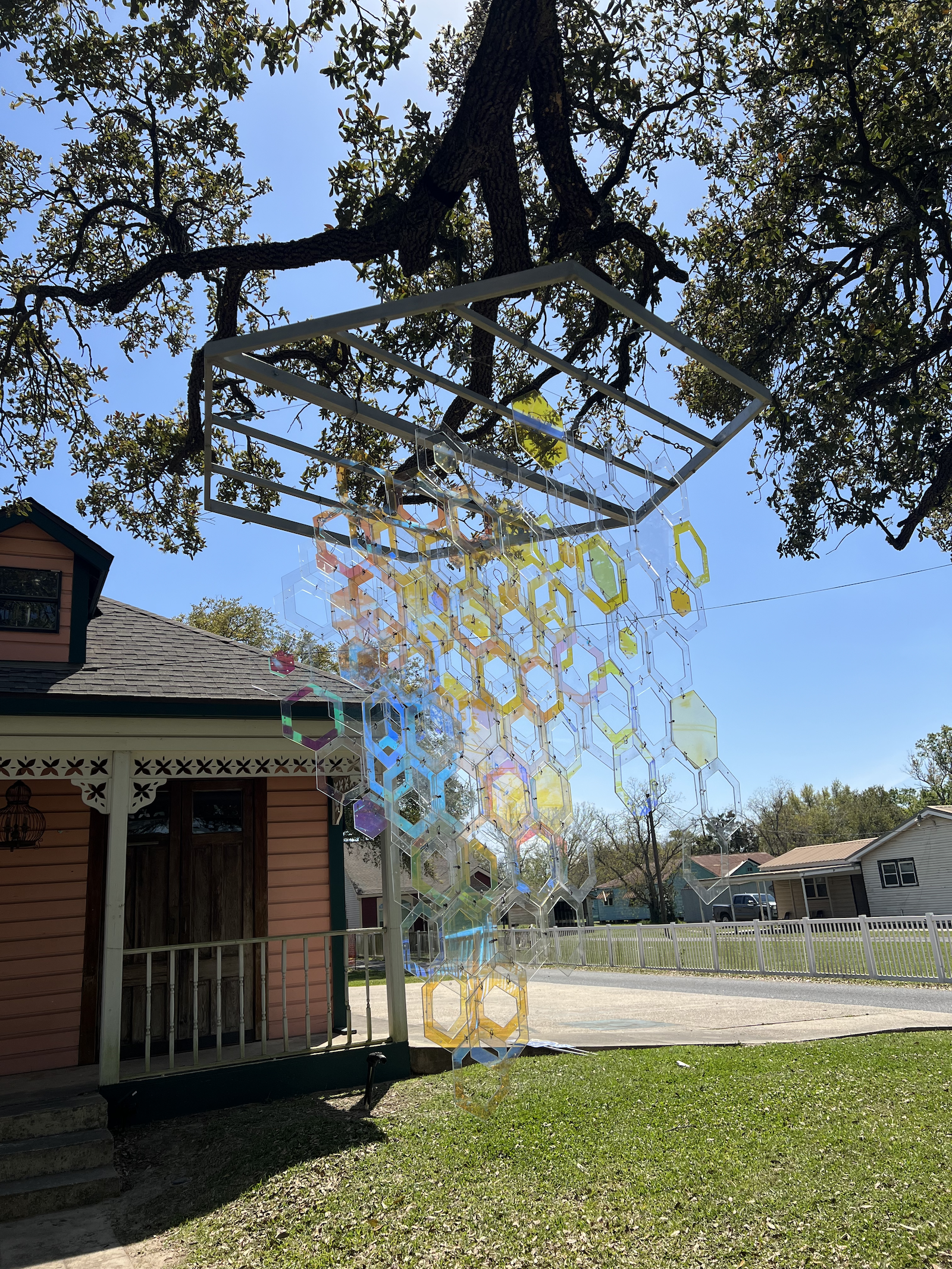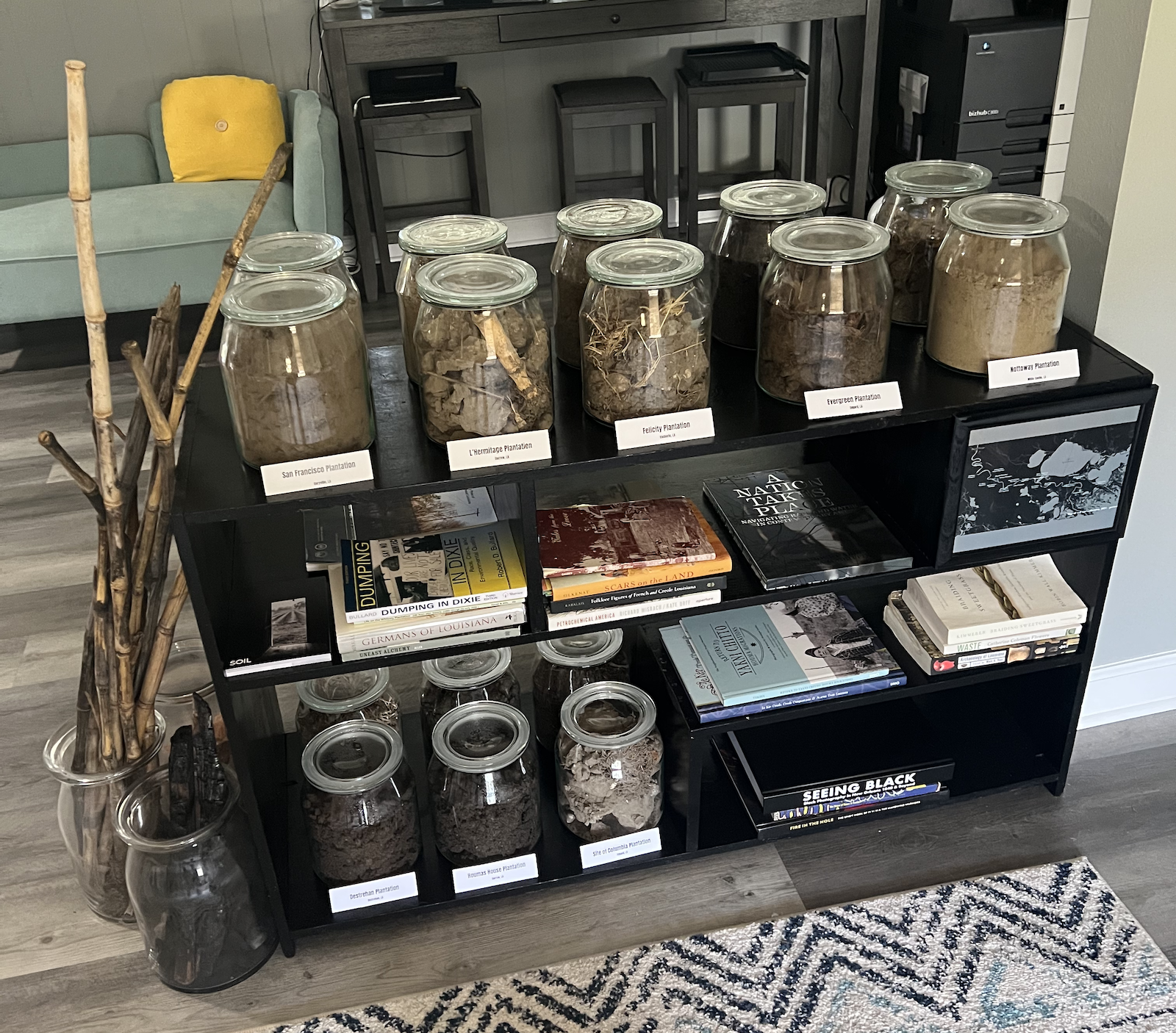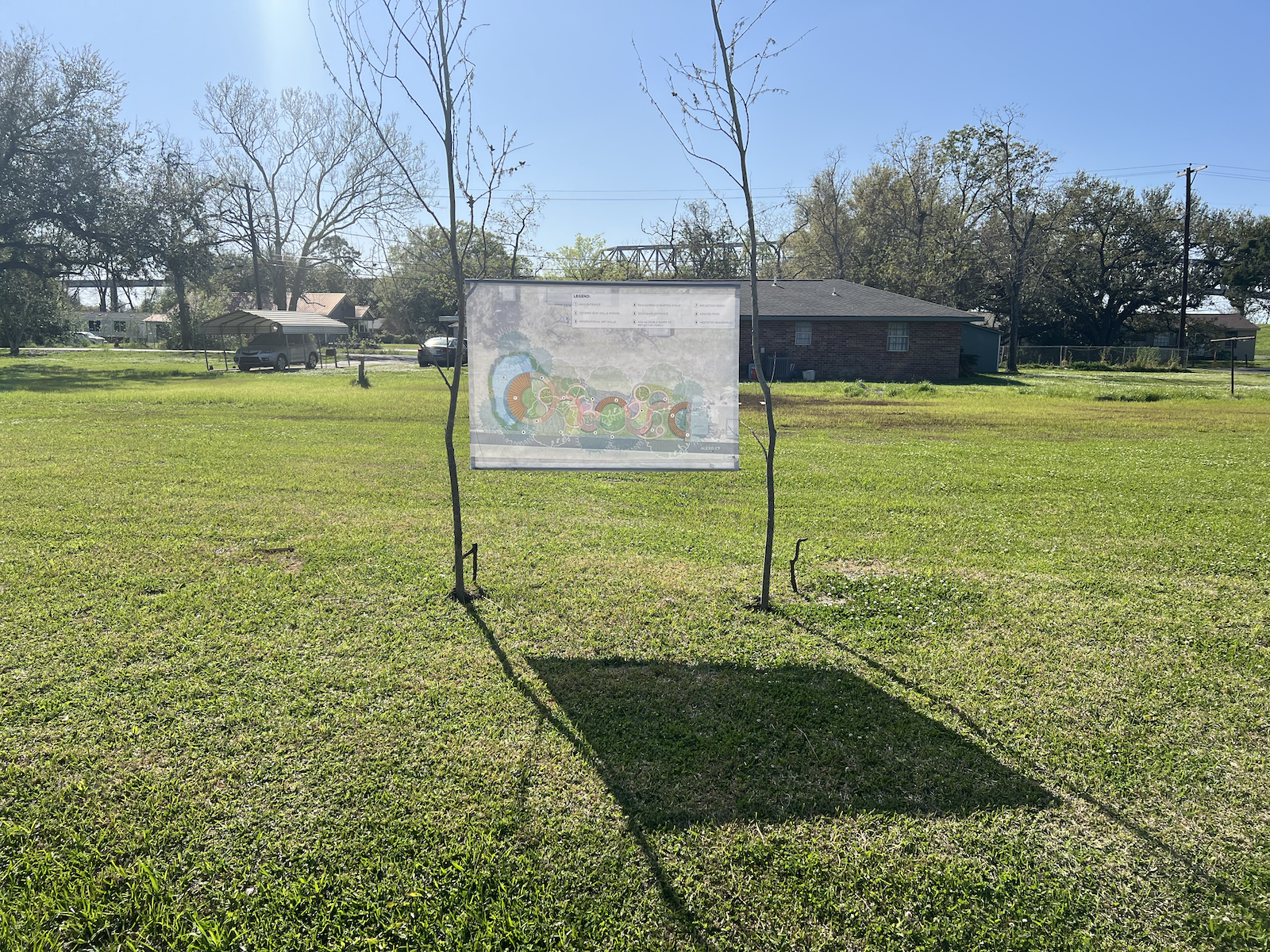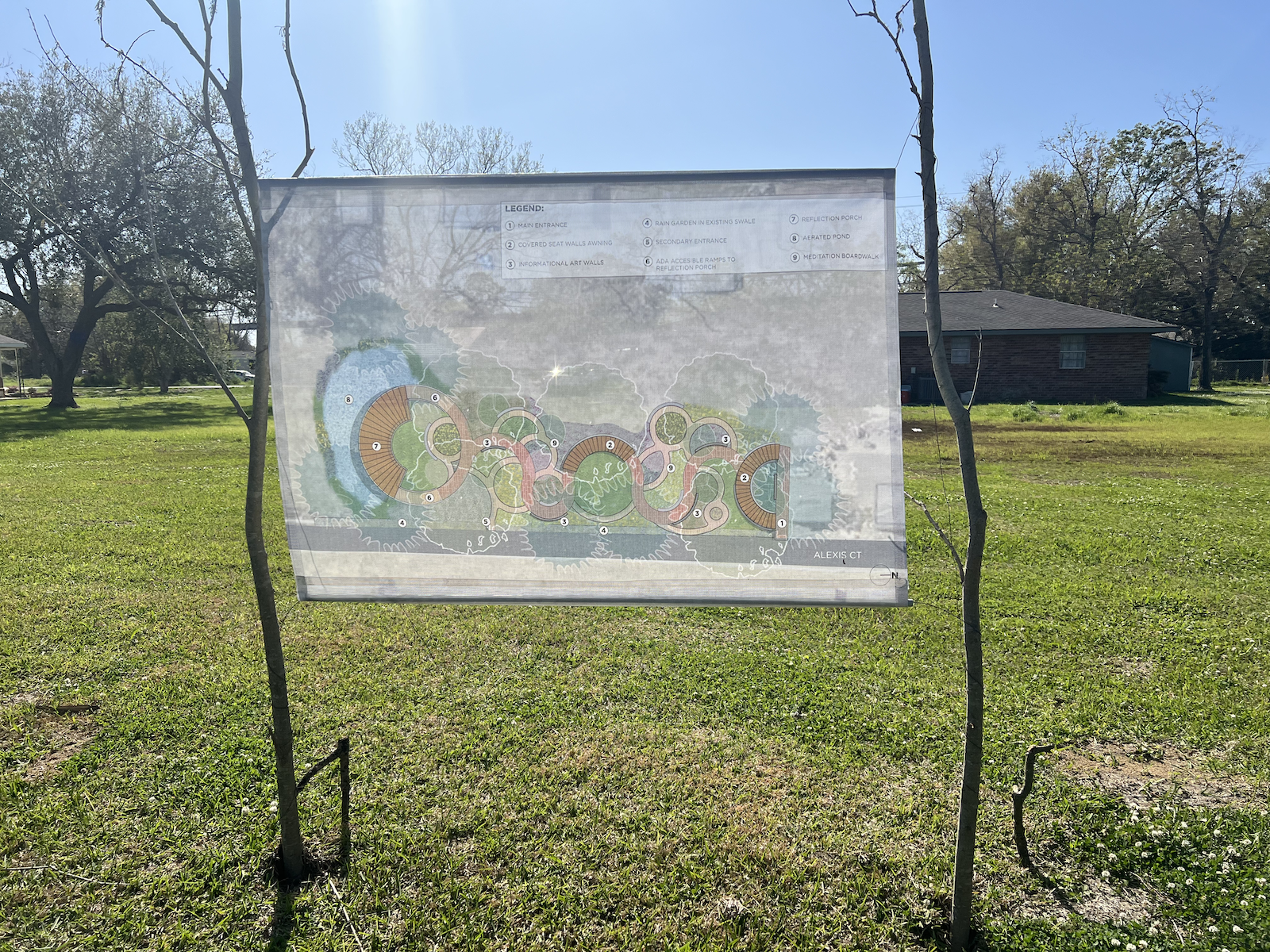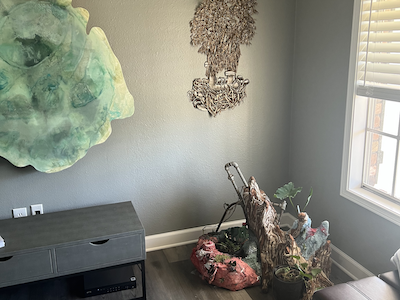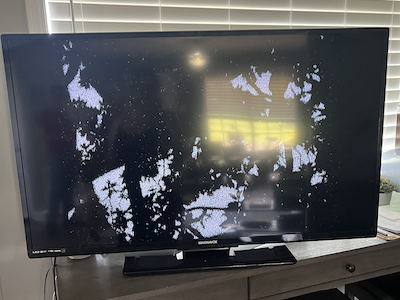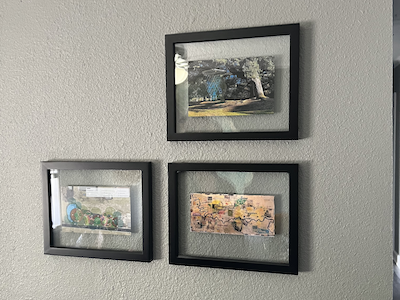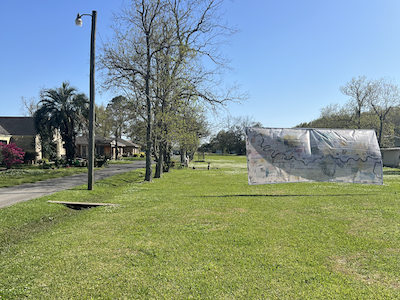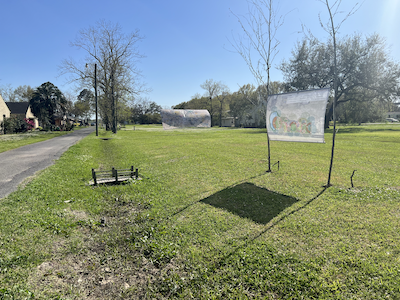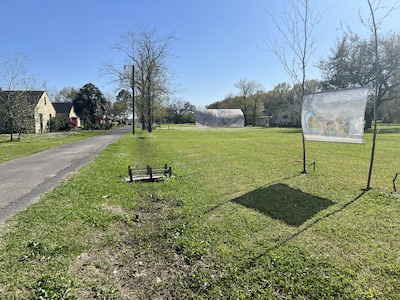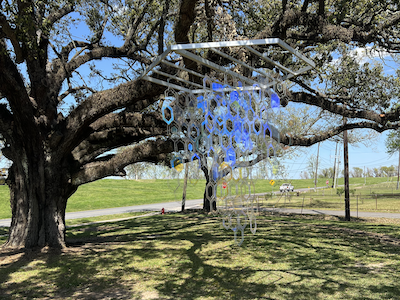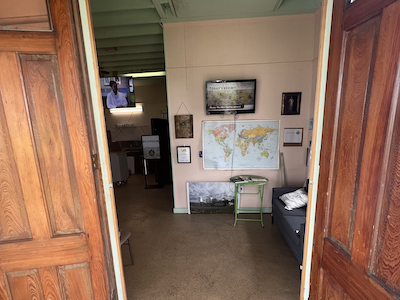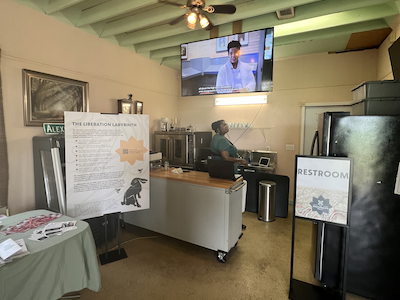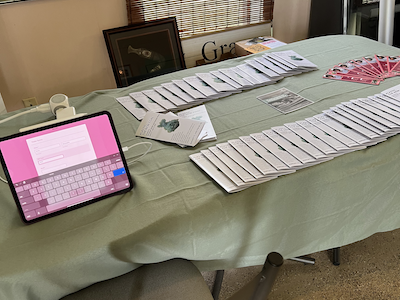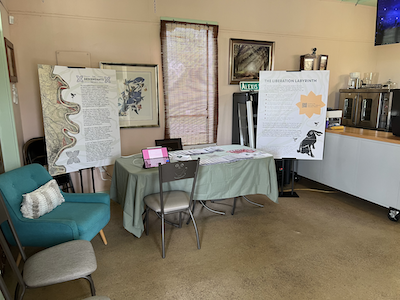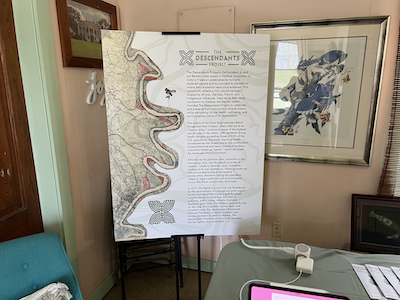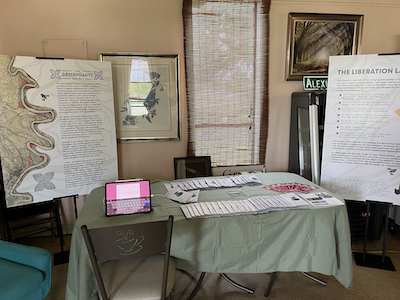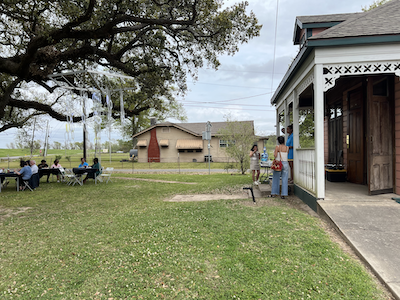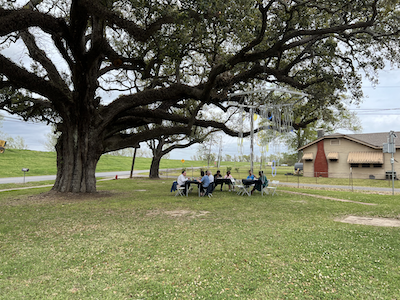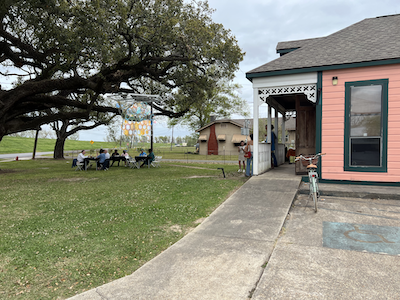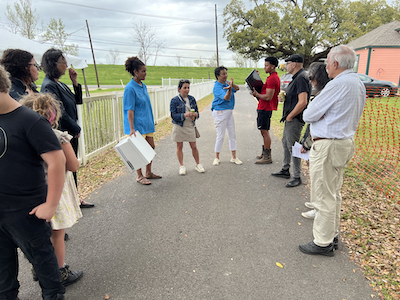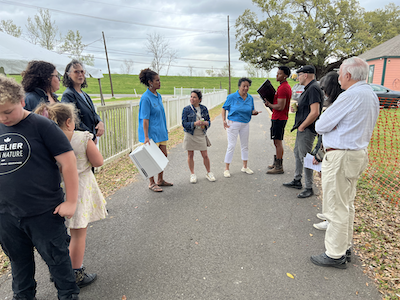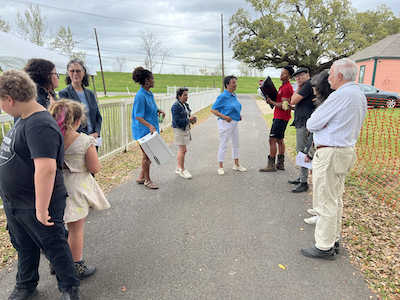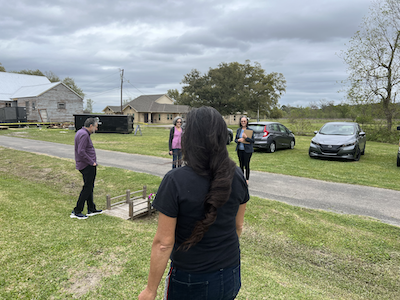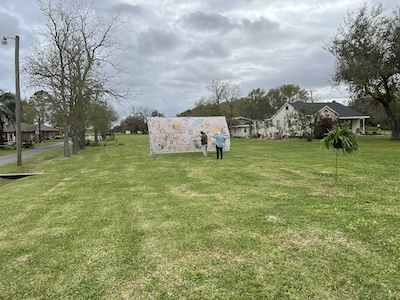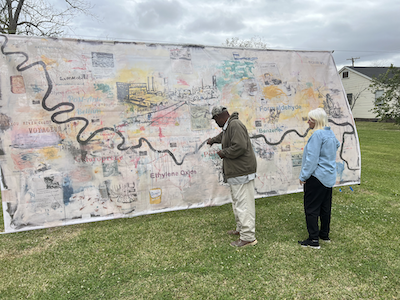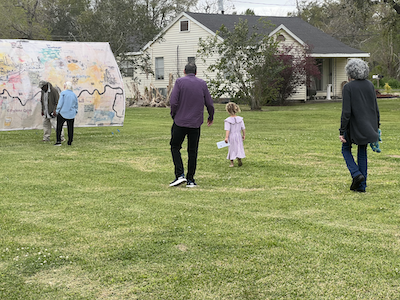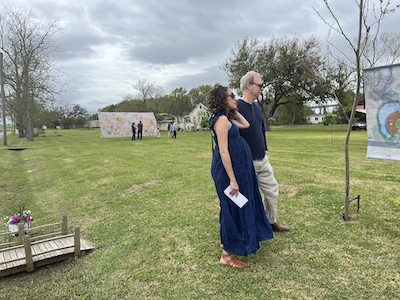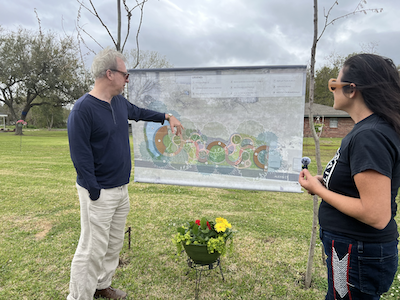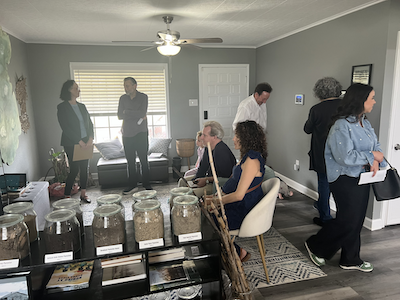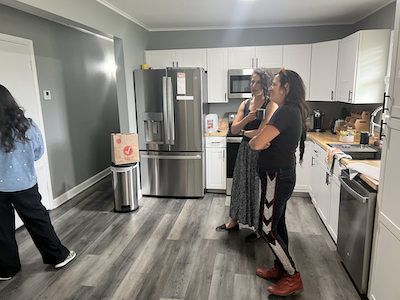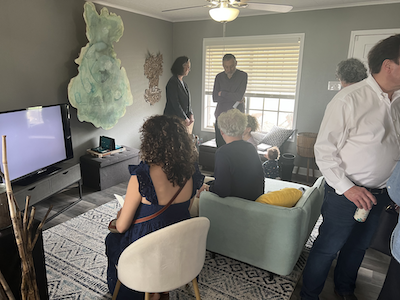Use your up, down, left, and right keys, or click within to navigate.
Hannah Chalew - Heather Bird Harris - Pamela Longobardi - Renee Royale - Juan Carlos Quintana - Luba Zygarewicz - shana m griffin - The Descendants Project in partnership with Midlo Center for New Orleans Studies and Design Jones
The plastics industry is on track to release more greenhouse gases by 2030 than coal-fired plants in the United States. In Louisiana, the courts recently revived plans for a megaplastics plant to be built in St. James Parrish on land along the lower Mississippi River known as Cancer Alley. Over the last twenty years, there has been increasing concern by artists working across disciplines with scientists and other specialists focusing on this by-product of the fossil fuel industry, who have developed an aesthetic language, engaging plastics as both subject and material for their artmaking.
For the exhibition Plastic, The New Coal, selected artists will address the various devastating impacts of plastic production, including environmental justice, with the high concentrations of petrochemical facilities that manufacture plastics situated in low-income areas and near ecologically sensitive ecozones such as wetlands and coastal areas. Microplastics are now identified in plant cellulose, our lungs, heart, stomach, and digestive system; even in our brains, breastmilk, and the placentas of unborn babies. The health impacts include neurodevelopmental and metabolic disorders, cancers, cardiac, respiratory and hormonal diseases.
Plastic, The New Coal, will present the work of approximately twenty artists, including participants in an online Plastics Dialogue since fall 2021. Artists and their works will be selected by an Indigenous curator in New Orleans who has extensive knowledge of the activities of plastic producers that have been relentless in their pursuit to develop plants along the Louisiana chemical corridor, the country's largest hot spot for cancer risk. BASF Corp and Union Carbide are among the top emitters of carcinogenic chemicals, and the proposed Formosa Plastics Sunshine Plant has plans for expansion, including 16 separate facilities spread across 2,400 acres, where they will produce resins and polymers used to manufacture products like single-use plastic bags and artificial turf.
Representative artists who are research-based, collaborate with scientists and planners, include: Hannah Chalew, whose work connects fossil fuel extraction and plastic production to their roots in white supremacy, colonization, and capitalism; visually resembles ecological networks as walls sculptures and freestanding installations composed of handmade paper, plastics, and industrial detritus. Heather Bird Harris, formerly a resident of New Orleans, paints with pigments from soils indigenous to disturbed sites by utilizing early maps of coastlines and disappearing land, altered by industrial expansion and contamination along the Mississippi River as it enters the Gulf of Mexico. Pam Longobardi's Drifters Project, now a global collaborative entity, has removed tens of thousands of pounds of vagrant plastic from natural environments and re-situated individual pieces such as body care packaging, fishing nets and floats, industrial parts, and items formed by their journeys and built into large-scale totemic sculptural installations.
We are interested in exhibiting Plastic, The New Coal, at an alternative venue in New Orleans. The approximately twenty artists selected will include BIPOC artists, artists from the South, and artists from across the United States. The works selected will include sculpture, painting, video, installation, and performance, examining different aspects of the vast implications of plastic production and Indigenous Knowledge.
For the exhibition Plastic, The New Coal, selected artists will address the various devastating impacts of plastic production, including environmental justice, with the high concentrations of petrochemical facilities that manufacture plastics situated in low-income areas and near ecologically sensitive ecozones such as wetlands and coastal areas. Microplastics are now identified in plant cellulose, our lungs, heart, stomach, and digestive system; even in our brains, breastmilk, and the placentas of unborn babies. The health impacts include neurodevelopmental and metabolic disorders, cancers, cardiac, respiratory and hormonal diseases.
Plastic, The New Coal, will present the work of approximately twenty artists, including participants in an online Plastics Dialogue since fall 2021. Artists and their works will be selected by an Indigenous curator in New Orleans who has extensive knowledge of the activities of plastic producers that have been relentless in their pursuit to develop plants along the Louisiana chemical corridor, the country's largest hot spot for cancer risk. BASF Corp and Union Carbide are among the top emitters of carcinogenic chemicals, and the proposed Formosa Plastics Sunshine Plant has plans for expansion, including 16 separate facilities spread across 2,400 acres, where they will produce resins and polymers used to manufacture products like single-use plastic bags and artificial turf.
Representative artists who are research-based, collaborate with scientists and planners, include: Hannah Chalew, whose work connects fossil fuel extraction and plastic production to their roots in white supremacy, colonization, and capitalism; visually resembles ecological networks as walls sculptures and freestanding installations composed of handmade paper, plastics, and industrial detritus. Heather Bird Harris, formerly a resident of New Orleans, paints with pigments from soils indigenous to disturbed sites by utilizing early maps of coastlines and disappearing land, altered by industrial expansion and contamination along the Mississippi River as it enters the Gulf of Mexico. Pam Longobardi's Drifters Project, now a global collaborative entity, has removed tens of thousands of pounds of vagrant plastic from natural environments and re-situated individual pieces such as body care packaging, fishing nets and floats, industrial parts, and items formed by their journeys and built into large-scale totemic sculptural installations.
We are interested in exhibiting Plastic, The New Coal, at an alternative venue in New Orleans. The approximately twenty artists selected will include BIPOC artists, artists from the South, and artists from across the United States. The works selected will include sculpture, painting, video, installation, and performance, examining different aspects of the vast implications of plastic production and Indigenous Knowledge.
Monique Verdin is an artist and storyteller documenting relationships between environment, culture, and climate in southeast Louisiana. She?s a citizen of the Houma Nation, director of The Land Memory Bank & Seed Exchange, and the Women?s Earth and Climate Action Network's Gulf South sovereignty program manager.
Patricia Watts is curator and founder of ecoartspace, an online platform for artists addressing environmental issues. Since 2000,approximately 2,000 artists and scientists have participated from 29 countries. Watts has curated over 30 art and ecology exhibitions working with artists concerned about the health of our planet.
Patricia Watts is curator and founder of ecoartspace, an online platform for artists addressing environmental issues. Since 2000,approximately 2,000 artists and scientists have participated from 29 countries. Watts has curated over 30 art and ecology exhibitions working with artists concerned about the health of our planet.






